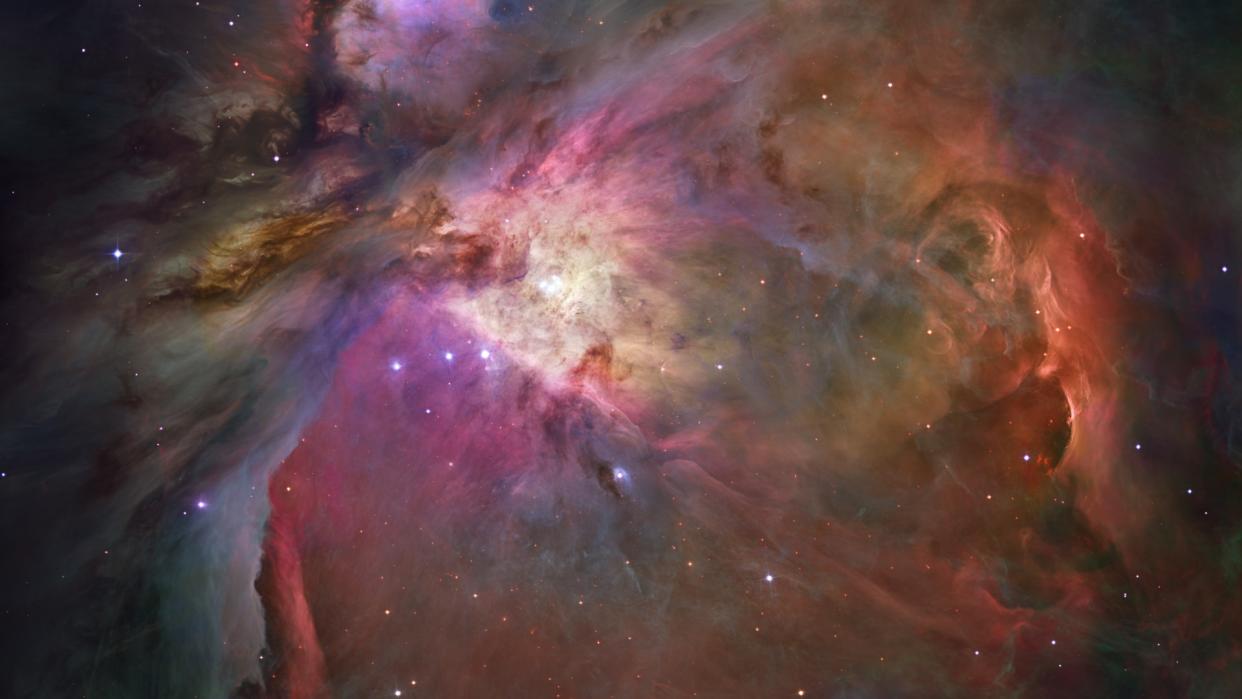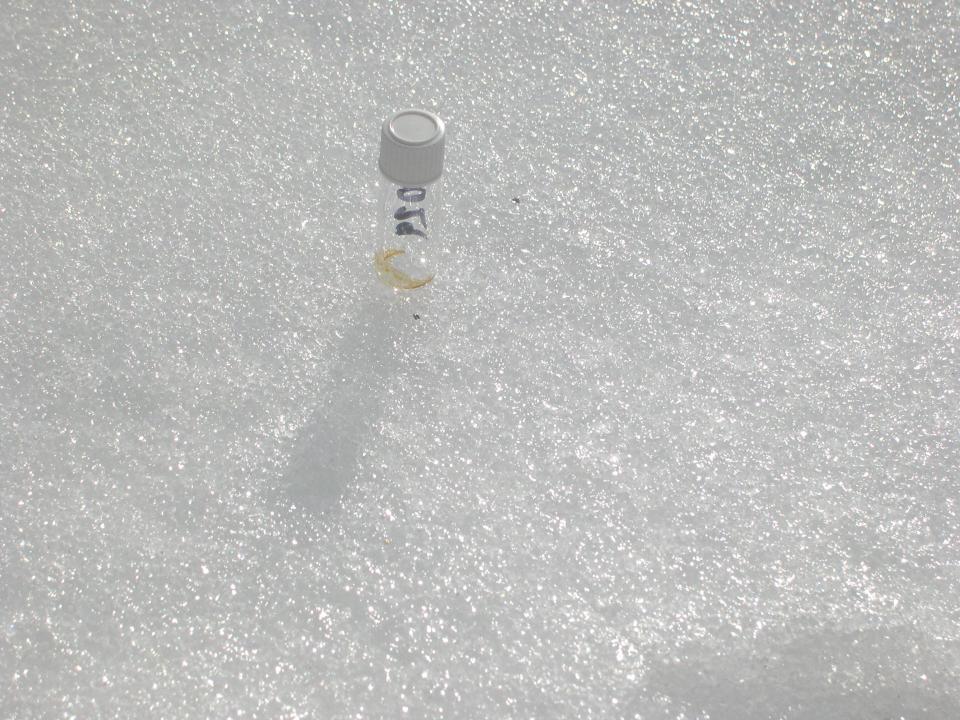Asteroids may have picked up building blocks of life from interstellar clouds

New research has found that interstellar clouds may have played a significant role in creating the conditions that helped create the building blocks of life.
Amino acids, which are a key ingredient of life, could have originally been made in interstellar molecular clouds like that from which the solar system formed, before winding up in asteroids that later crashed on Earth, bringing the amino acids with them.
Carbonaceous chondrite meteorites are rich in amino acids and amines (the latter are nitrogen-bearing organic compounds) that are crucial components of proteins and biological cells in life on Earth. Understanding where and how amino acids formed is therefore important in better understanding the origin of life.
Scientists led by Danna Qasim of the South-west Research Institute (SwRI) in San Antonio, Texas, and Christopher Materese of NASA's Goddard Space Flight Center have taken a big step towards figuring out where amino acids and amines form in space by creating them in a lab under "asteroid relevant conditions."
Related: Asteroid Ryugu is rich in organic molecules that can be building blocks of life
Many studies have focused on trying to simulate the formation of amino acids in carbonaceous chondrites, which are meteorites from carbon-rich asteroids that formed at the dawn of the solar system, 4.5 billion years ago. Qasim's and Materese's research takes things even farther back in time to the interstellar cloud of molecular gas and dust from which the sun and planets eventually formed.
"The make-up of asteroids originated from the parental interstellar molecular cloud, which was rich in organics," said Qasim in a statement from SwRI. "While there is no direct evidence of amino acids in interstellar clouds, there is evidence of amines. The molecular cloud could have provided the amino acids in asteroids, which passed them on to meteorites."
So Qasim set about replicating conditions in interstellar clouds to try and form amino acids. She used ices such as ammonia, carbon dioxide, methanol and water that are commonly found in interstellar clouds, and bombarded them with high-energy protons from a Van de Graff generator to replicate the ices being irradiated in space by cosmic rays. The proton bombardment smashed the ice molecules apart, the component parts then reassembling themselves as more complex organic molecules, including amines and amino acids such as ethylamine and glycine, in what Qasim calls an "organic residue" — a kind of gloopy slime.

When the solar system formed from the molecular cloud, these amines and amino acids would have been transferred into carbonaceous asteroids and eventually brought to Earth through asteroid impacts and meteorite falls. However, the abundances of amines and amino acids that Qasim created doesn't match their abundances in carbonaceous chondrites.
Materese wondered if there was an extra stage in which more amines and amino acids are formed inside the asteroids, which were still warm and contained liquid water at the time shortly after their formation.
Qasim's and Materese's team further processed the samples of organic residue in conditions like those in the asteroids. They found that not only did the proportions of amines and amino acids from the interstellar cloud remain intact, but that the abundance of some of the amino acids, such as glycine, doubled after 7 days of aqueous alteration in the warmth and water.
"The important takeaway is that the building blocks of life have a strong link not only to processes in the asteroid, but also to those of the parent interstellar cloud," Qasim said in a statement from NASA.
A post shared by NASA Goddard (@nasagoddard)
A photo posted by on
There is a caveat, however. Even with asteroid processing accounted for, the abundances of amines and amino acids still do not quite match the abundances found in carbonaceous chondrite meteorites. It is possible that having fallen on Earth, the meteorites have become contaminated with terrestrial organic material, altering their amino acid abundances. As such, Qasim and Materese, along with many of their colleagues, are eagerly awaiting the return of samples from the carbonaceous asteroid Bennu, which was visited by NASA's OSIRIS-REx mission. These samples will parachute back down to Earth in their capsule on Sept. 24 2023, and will represent pristine material uncontaminated by life on Earth that dates back to the birth of the solar system.
RELATED STORIES:
— Search for possible sign of life in Venus' clouds comes up empty
— How the fate of Europe's JUICE Jupiter mission depends on the risk of biological contamination
— Signs of Mars life may be too elusive for rovers to detect
Coupled with newly detailed information about the ice composition of interstellar clouds from JWST, scientists may finally be able to determine for sure whether amino acids formed in our solar system or in interstellar space.
If the former, then it is possible that life could be unique to our solar system. If the latter, then amino acids should be spread far and wide across the Milky Way galaxy, raising the potential for life on planets around other stars.
The research was published on Jan. 9 in the journal ACS Earth and Space Chemistry.
Follow Keith Cooper on Twitter @21stCenturySETI. Follow us on Twitter @Spacedotcom and on Facebook.

